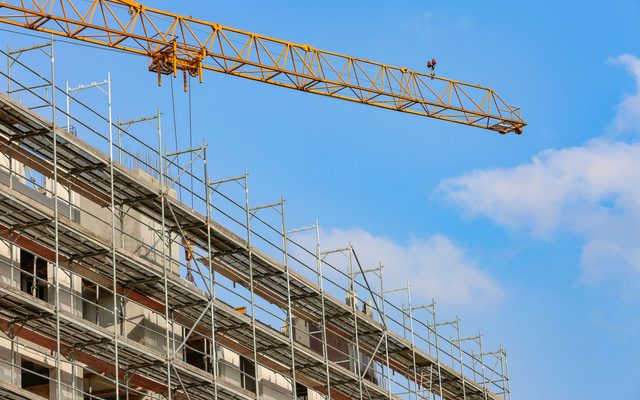This article is from the Australian Property Journal archive
HOUSEHOLDS experiencing severe mortgage stress have risen in February and 40% of first home buyers who entered the market are experiencing some degree of stress, according to Fujitsu Australia.
Fujitsu Australia’s February 2010 Mortgage Stress-O-Meter shows the number of households experiencing some degree of mortgage stress rose by 0.7% to approximately 581,000 households – following three interest rate increases to 3.75% prior to this report.
However this remains well below the peak of 900,000 in August 2008 when interest rates were at a high of 7.25%.
Fujitsu Australia executive director Martin North said severely stressed households (those facing a potential sale or foreclosure, or forced refinance) rose by a further 2% driven by interest rate rises, flat income levels and cost of living increases.
“The drivers of stress continue to rotate compared with the bottom of the stress cycle in March 2009. Stress caused by interest rate rises have lifted by over 11%, and costs of living by over 3.4%, whereas fear of unemployment fell 6% and redundancy fell 1%.
“Despite recent global economic news, the local economy is moving ahead strongly and further rate rises will occur through the year. Over 40% of the 255,000 First Time Buyers who entered the market in the last 18 months are experiencing some degree of Mortgage Stress, and by December 2010 it is likely to have risen to 49%,” he added.
North said future interest rates rises are expected as the Reserve Bank continues to adjust rates to more normal rates.
He predicts unemployment will peak at under 6.0% and that the RBA interest rate benchmark will be 0.50% higher by December 2010 from their current 4.0% levels.
“Our projection point for the model is to December 2010. Strong demand for property, fired by significant migration, a re-emergence of property investors, and an easing of concerns relating to unemployment continues to drive the market.
“We hold to our view that house prices will rise over the next 12 months, perhaps as much as 12%. Across Australia the average loan size since 2005 has risen by 40% underlining that affordability remains a major issue. As interest rates rise, this leverage effect will have a significant impact on the local economy,”
North said despite brighter employment prospects at least 218,000 households are still at risk of having to sell, refinance or lose their homes.
The report forecasts defaults in this 12 month period at 29,000.
Australian Property Journal



